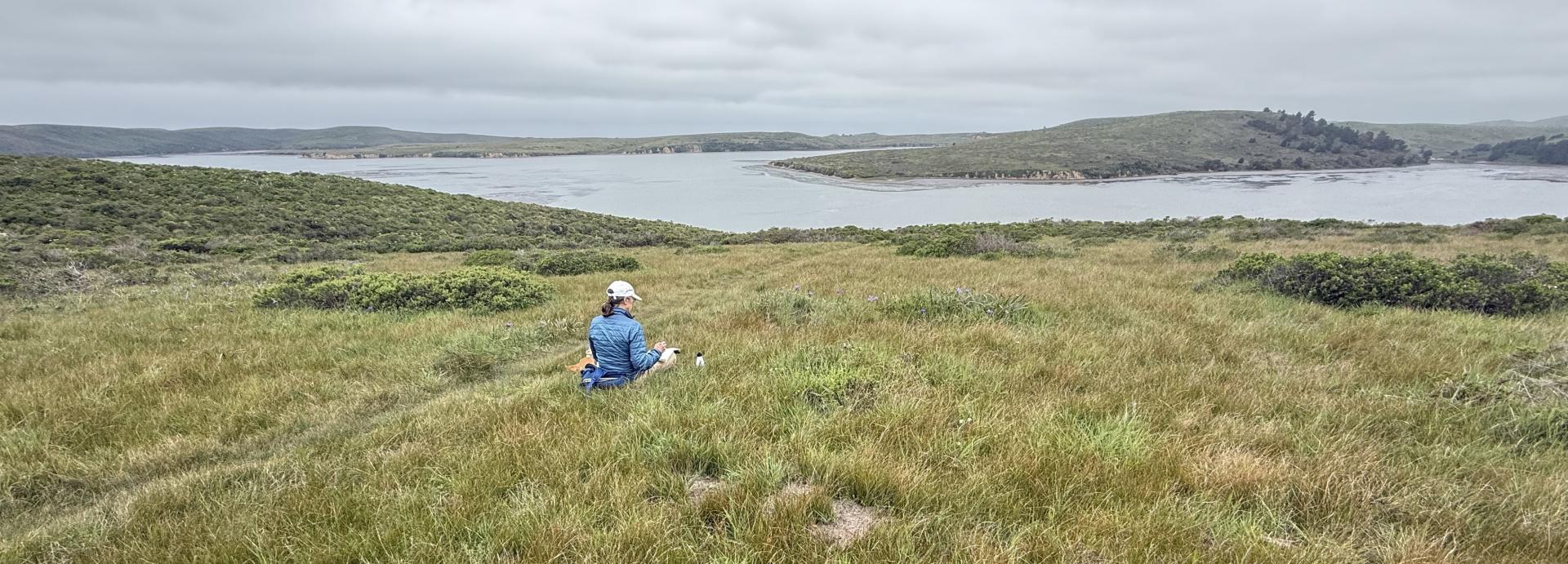
Statement
I am curious about the true nature of the things and people around me and interested in the differences in our perceptions. In my current work, I explore the myriad patterns and light in nature in a materially driven painting process using natural materials. Subtly complex, light refracting works appear through the slow build-up of layer upon layer of ground minerals, metal leaf, soil and plant dyes. The resulting images allude to the power of natural forces and their role in shaping what we know and see. My choice of materials is guided by their beauty and my commitment to working sustainably. Natural materials also have the effect of drawing me into deeper connection to place and time, especially when I create my own pigments from local shells and rocks. Although my process involves research and methodical planning, the result is shaped by the particle size and chemical properties of the various minerals and soils, so is not entirely in my control. My hope is that viewers will recognize the lifeforces in nature that connect us and shape our world.